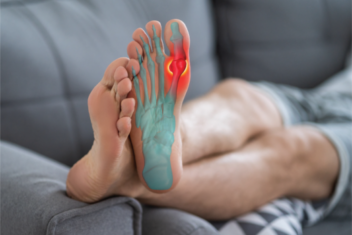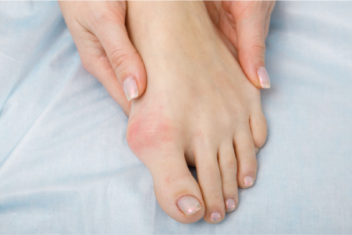Painful big toe? It could be arthritis.
A painful big toe can be very distressing since we use our big toe whenever we walk, bend, climb or even stand. Big toe arthritis, a form of osteoarthritis or “wear and tear” arthritis, is one of the most common reasons I see patients experiencing pain and stiffness in their big toe. It affects about 1 in 40 people over age 50 and can be debilitating as it progresses.
It’s not “just” an ankle sprain
Sprained ankles are one of the most frequent injuries I treat. But not all sprains are created equal. An ankle sprain is an injury to one or more of the ligaments—the band of tissues connecting the bones and joints—in the ankle. But the severity of the sprain depends on whether the ligament is stretched, partially torn or completely torn. It also depends on the location —whether it is a high- or a low-ankle sprain—and if more than one ligament is involved.
Preventing Pickleball Injuries
America’s fastest growing sport is pickleball. And as the popularity of this paddle sport has grown, so have pickleball injuries. Set on a court 44 feet long by 20 feet wide, the game demands quick movements and sudden changes in direction as players hit the wiffle-like ball over a net with a paddle. While pickleball is easy to learn, it can prove quite challenging.
How to treat bunions
Bunions are one of the most common conditions I treat in my foot and ankle practice. While they can occur at any age, I see them most often in older adults and more frequently in women than men.
A bunion is easy to recognize. It looks like a bony bump at the base of the big toe joint. Typically a bunion develops over time due to pressure put on the feet and especially the toes.




